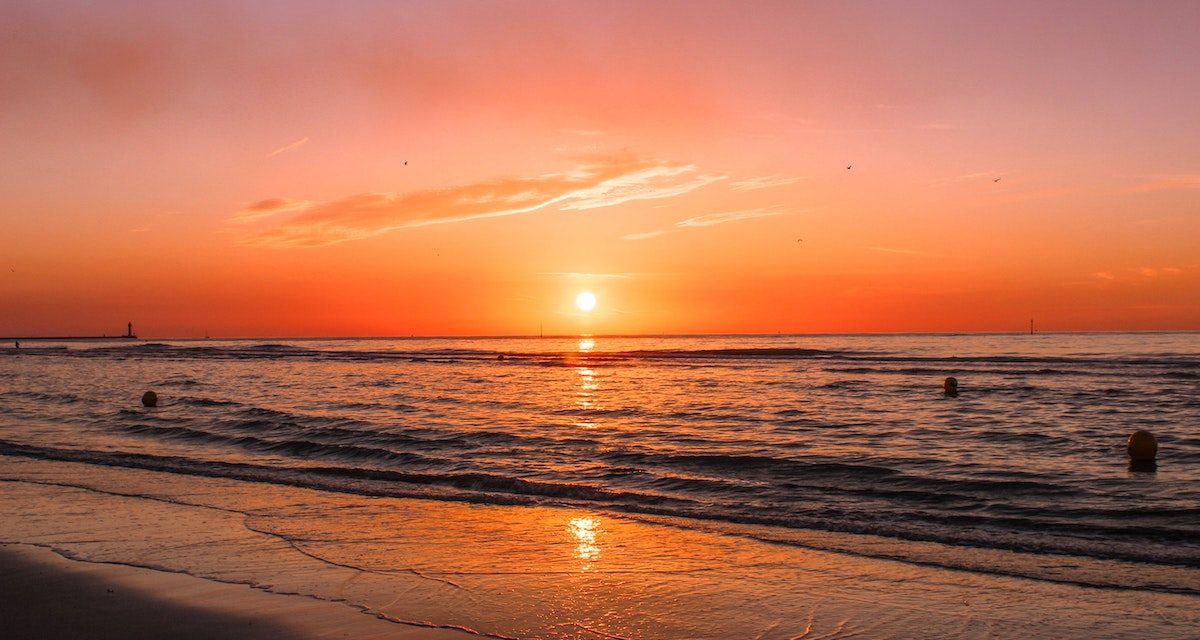
Recently, the world has seen a string of record-breaking marine heatwaves that caused massive ecological damage and knock-on affects to important regional industries. These heatwaves occur when ocean temperatures far exceed normal conditions for considerable periods of time (often months) and over areas of hundreds to thousands of kilometres.
In a new study published in Nature Scientific Reports, a group of oceanographers, atmospheric scientists, ecologists and fisheries experts got together to identify the most severe marine heatwaves over recent decades. The objective was to understand what triggered these events and led to their ultimate demise, how they were affected by the El Nino Southern Oscillation, how their characteristics changed according to the season and how they impacted marine algae – the ecological foundation of marine ecosystems.
Some iconic marine heatwaves, like the Ningaloo Nino off Western Australia and the Blob in the northeast Pacific, have been extensively studied, but this new work showed these are just the tip of the iceberg and there are many major events that still need to be understood. The researchers found the intensity of these marine heatwaves depends on the season and how deeply they are mixed into the subsurface ocean.
They found marine heatwaves tend to be most intense during summer, which surprisingly is before the annual peak for warmest ocean temperatures have manifested in these hemispheres. The research also showed that a disproportionate number of the most intense, longest and largest events are associated with El Nino events.
The researchers found the same key factors formed many marine heatwaves and when these changed, they also led to their dissipation. For example, many extreme subtropical heatwaves are caused by persistent high-pressure systems sitting above them in the atmosphere creating hot, windless conditions that inhibited ocean mixing. Broadly, the lack of wind played an important role with almost all heatwaves occurring when winds were unusually weak.
Finally, the researchers showed that marine heatwaves can affect the growth of marine algae in different ways. Heatwaves at lower latitudes, closer to the tropics, suppress algal growth as the unusually warm, light water forms a barrier preventing deep ocean nutrients from reaching the surface. So while they have sunlight they lack the nutrients to convert this into growth.
At high latitudes, closer to the poles, where nutrients are plentiful at the surface, the warmer barrier prevents marine algae from mixing down into the deep ocean where they have insufficient light to grow. By remaining on the surface in warmer, often sunnier conditions and with a ready supply of nutrients, algal growth increases markedly and is sustained in these calmer conditions as long as nutrients remain available.
- Paper: Sen Gupta, A., Thomsen, M., Benthuysen, J.A. et al. Drivers and impacts of the most extreme marine heatwaves events. Sci Rep 10, 19359 (2020). https://doi.org/10.1038/s41598-020-75445-3
Picture: Beach sunset. Credit: Hannah Reding (Unsplash)
